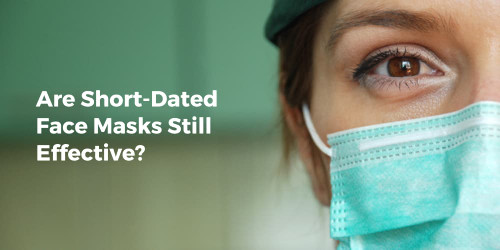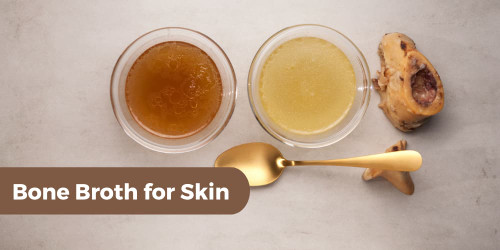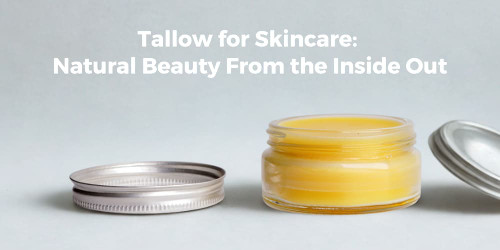Understanding it’s causes and symptoms
According to an article by Better Health Channel, in the year 2014-15, 3.7 million Australians reported back problems. That is 1 out of 6 who have experienced back pains. For some back pain can go away quickly, but others may experience persistent pain that can last for more than three months. Pain can lead to a significant impact in daily activities, family life, work and social encounters. Fortunately, there are measures that can help prevent or relieve most back pain episodes. Read through:
How does our back work?
To give us a full understanding on the causes of back pain, first, we must understand how our back works. Your back is a complex structure that provides support for your pelvis, legs, ribcage, arms and skull. The spine is made up of bones called vertebrae that are stacked together to form a loose ‘S’-shaped column. Each vertebra is cushioned by spongy tissue called intervertebral discs. These discs act as shock absorbers and give your spine its flexibility. Vertebrae are joined by pairs of small joints known as ‘facet’ joints. A mesh of connective tissue called ligaments holds the spine together. Complex layers of muscle provide structural support and allow you to move. Your spinal cord runs through the centre of the vertebral column and connects your brain to the rest of your body.
What are the Symptoms of Back Pain?
Symptoms may vary for each person. It can range from muscle aching to a shooting, burning or stabbing sensation. Sometimes you can feel the pain in a specific spot, but it can also spread all over your back, or radiate to the lower back and to other areas of your body such as your buttocks, legs, or abdomen. You may experience the following symptoms depending on your pain location and causes:
The main cause of back pain has not been determined but it can root from different factors. Some people may experience back pain even without any damage to their spine and pain may only come from muscles, ligaments and joints. Others may feel back pain due to mechanical or structural problems with the spine, inflammatory conditions, and other medical conditions. Here are the common causes of back pain:
A. Sprain - repeated heavy lifting or improper lifting, or twisting can cause injury to the ligaments that support the spine (which connect the different bones together).
B. Muscle strain - sudden awkward movement can cause injury to a muscle or tendon. Constant strain on the back can cause painful muscle spasms.
C. Scoliosis - or other congenital changes to the spine.
D. Arthritis:
F. Osteoporosis - also known as the “silent disease”. The bones become porous and brittle which painfully breaks the spine's vertebrae.
G. Spondylolisthesis - is a spinal condition that causes lower back pain. It occurs when a vertebra in the spine slips out of place or gradually moves out of alignment.
To keep the back healthy and strong, you may do the following:
o When standing for a long period of time, make sure to alternate feet or place one foot on a low footstool to take some of the load off the lower back.
o Avoid heavy lifting if possible. If you need to lift something heavy, find a lifting partner. Keep your back straight, no twisting and let your legs do the work.
Shop online for muscular and back pain relief patches and ointments
Bottom Line
While there is no known cure for back pain, there are several approaches that can help relieve the pain you feel. Home treatment and using your body correctly help ease and manage the pain effectively. If back pain persists, there could be an underlying reason for the pain so it's best to seek professional help and talk to your doctor.
References:
- Better Health Channel. (2019). Back Pain. Retrieved from https://www.betterhealth.vic.gov.au/health/condit...
- Mayo Clinic. (18 Feb 2023). Causes of Back Pain. Retrieved from https://www.mayoclinic.org/diseases-conditions/ba...
- NIH National Institute of Arthritis and Musculoskeletal and Skin Diseases. (n.d). Back Pain. Retrieved from https://www.niams.nih.gov/health-topics/back-pain
- NIH National Institute of Arthritis and Musculoskeletal and Skin Diseases. (n.d). Sport Injuries. Retrieved from https://www.niams.nih.gov/health-topics/sprains-a...
- NIH National Institute of Arthritis and Musculoskeletal and Skin Diseases. (n.d). Scoliosis in Children and Teens. Retrieved from https://www.niams.nih.gov/health-topics/scoliosis
- Centers for Disease Control and Prevention. (2020). Osteoarthritis (OA). Retrieved from https://www.cdc.gov/arthritis/basics/osteoarthrit...
- Arthritis Foundation. (n.d.) Ankylosing Spondylitis. Retrieved from https://www.arthritis.org/diseases/ankylosing-spo...
- NIH National Institute of Arthritis and Musculoskeletal and Skin Diseases. (n.d). Spinal Stenosis. Retrieved from https://www.niams.nih.gov/health-topics/spinal-st...
- National Institute on Aging. (2022 Nov 15). Osteoporosis. Retrieved from https://www.nia.nih.gov/health/osteoporosis
- Cleveland Clinic. (2020). Spondylolisthesis. Retrieved from https://my.clevelandclinic.org/health/diseases/10...
- Health Direct. (2023). Fibromyalgia . Retrieved from https://www.healthdirect.gov.au/fibromyalgia















